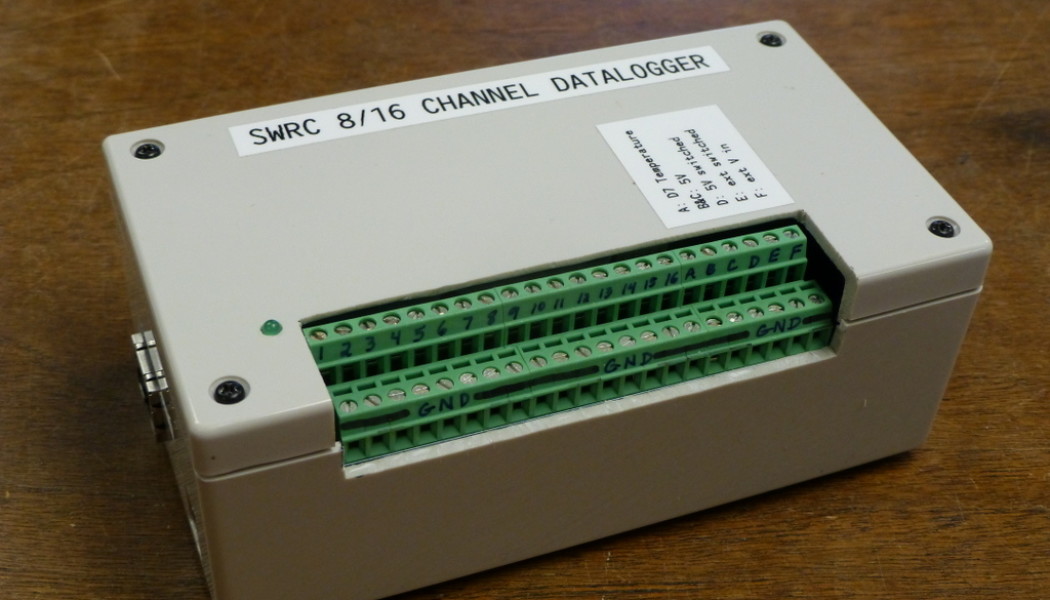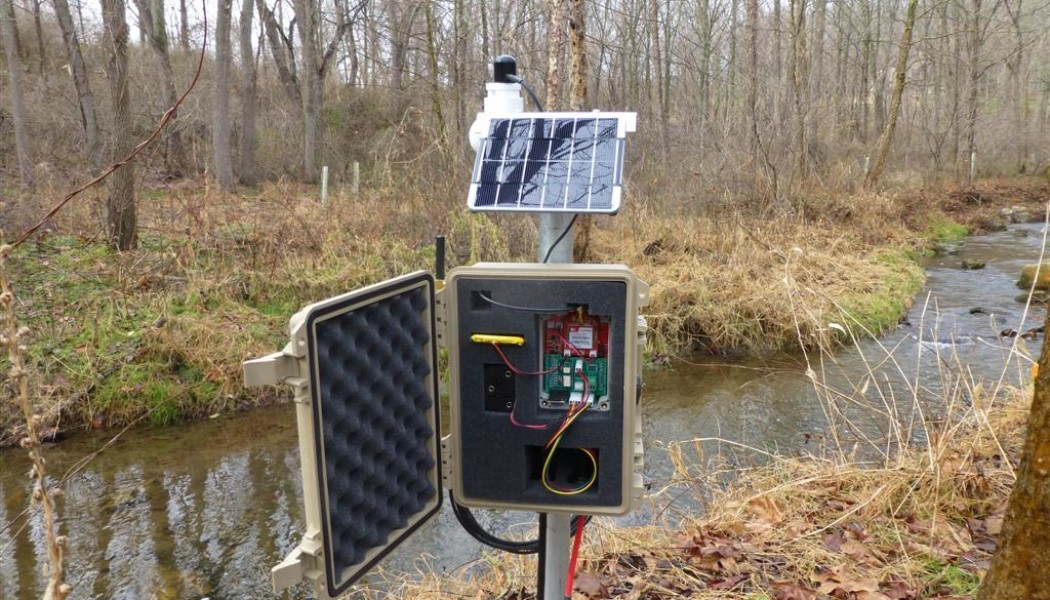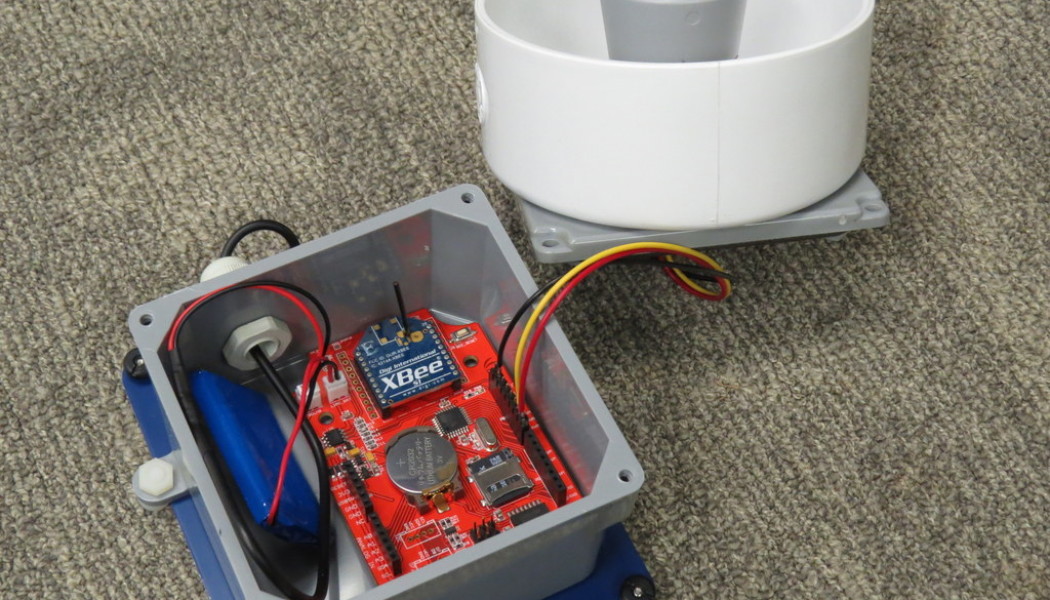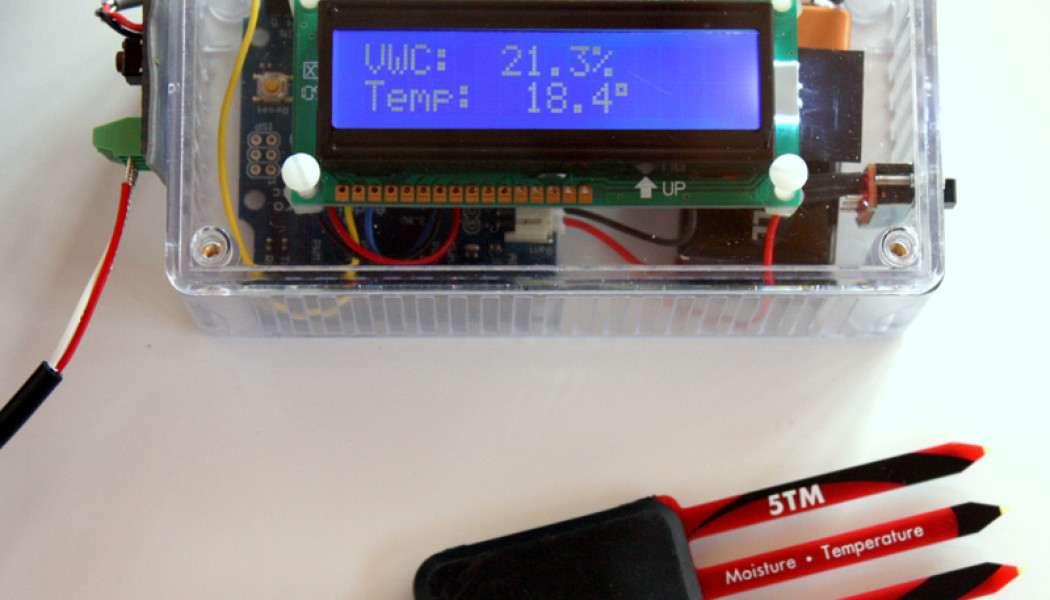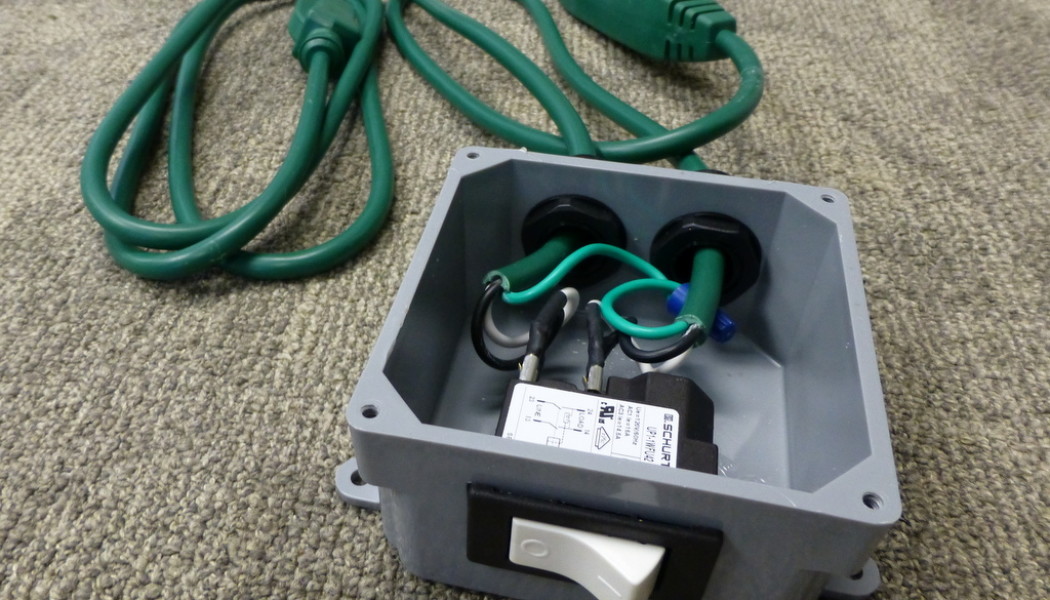 Welcome to EnviroDIY, a community for do-it-yourself environmental science and monitoring. EnviroDIY is part of WikiWatershed, an initiative of Stroud Water Research Center designed to help people advance knowledge and stewardship of fresh water.
Welcome to EnviroDIY, a community for do-it-yourself environmental science and monitoring. EnviroDIY is part of WikiWatershed, an initiative of Stroud Water Research Center designed to help people advance knowledge and stewardship of fresh water. New to EnviroDIY? Start here
Author: Shannon Hicks
16-channel data acquisition system
A few months ago I was asked by a researcher here at the Stroud Water Research Center to come up with an automated way to measure the voltage of 8 fuel cells. The cells need to be electrically isolated from each other, so that requires differential measurements instead of the more common method of using a common ground for everything and then just doing single-ended measurements. I looked into c...[Read More]
DS3231 Real Time Clock (RTC) date conversion
Real Time Clock (RTC) modules like the DS3231 chip (found on the ChronoDot and Seeeduino Stalker v2.3) keep track of the date and time for a datalogger circuit. The module can output the number of seconds since January 1, 2000 as an integer, which can be very handy for recording a time stamp with your sensor data. However, 1/1/2000 is not a common starting point for most epoch calculations. The...[Read More]
Next generation rugged datalogger
Our Arduino datalogger designs have gone through a few improvements since our original models four years ago. This past year we refined the design even more and have come up with our most rugged and reliable system yet. The datalogger is still based on the Seeeduino Stalker board, which has solar battery charging circuitry, memory card slot, real time clock, and a socket for an XBee radio or ce...[Read More]
Ultrasonic water depth sensor
We have been using submersible pressure transducers for water level measurements for many years, but some of our installations are in areas with very shallow water that might freeze during the winter. Most pressure transducers will be damaged if they are in water that freezes, so we’ve been experimenting with an ultrasonic rangefinder that will allow us to measure the water level from above...[Read More]
SDI-12 sensor display
Whenever we install a sensor in the field, it’s always helpful to make sure it is reading properly before connecting it to the datalogger. Having a display to show the live data from a sensor is also helpful when doing calibration and testing of the sensor in the lab. We use a variety of sensors from Decagon Devices. Their high-quality, research grade sensors output the data in two format...[Read More]
Undervoltage protection switch
I recently built a device that is very useful but is hard to find commercially, and even information was scarce about how to build one myself, so I’m posting the details here in hopes that it helps anyone who might be looking for a similar device. It’s called an undervoltage protection switch. In Europe, it’s commonly called a no-volt release switch. What does it do? It is bas...[Read More]

